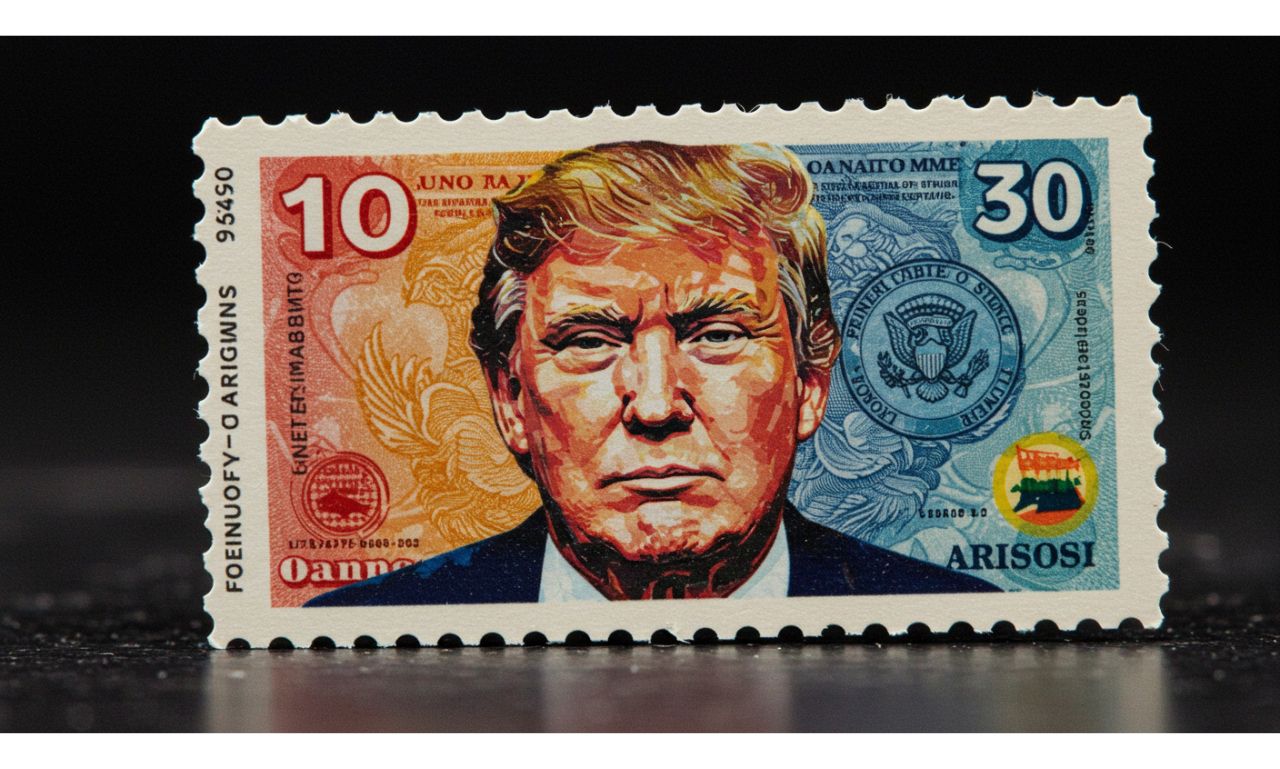Trump food stamp policies sparked significant national debate during his presidency. As part of his broader welfare reform agenda, former President Donald Trump aimed to tighten eligibility requirements for the Supplemental Nutrition Assistance Program (SNAP), commonly referred to as food stamps. These policy changes had both supporters and critics, with implications for millions of Americans relying on the program.
Background of the SNAP Program
The Supplemental Nutrition Assistance Program (SNAP) is the largest anti-hunger program in the United States. It helps low-income individuals and families purchase food. While the program is federally funded, states are responsible for administering it. Traditionally, SNAP has received bipartisan support, although the specifics of eligibility and funding have been points of contention.
During Trump’s presidency, reforming welfare programs became a central part of his domestic agenda. His administration argued that programs like SNAP should encourage self-sufficiency and reduce dependency on government assistance. Thus, the Trump food stamp reform proposals aimed at narrowing access and introducing stricter work requirements.
Trump Food Stamp Policy Changes
Stricter Work Requirements
One of the most controversial Trump food stamp initiatives was the push for stricter work requirements for able-bodied adults without dependents (ABAWDs). Under existing rules, ABAWDs were required to work at least 20 hours a week or participate in job training to receive benefits for more than three months in a 36-month period. However, states could waive these rules in areas with high unemployment.
The Trump administration sought to eliminate or limit these waivers, thereby tightening access. Officials argued that the economy was strong and that more people should be encouraged to seek employment. Critics, however, contended that the changes would unfairly penalize vulnerable populations.
Limiting Broad-Based Categorical Eligibility
Another Trump food stamp reform involved rolling back broad-based categorical eligibility (BBCE). This policy allowed individuals who qualified for other assistance programs, like Temporary Assistance for Needy Families (TANF), to automatically qualify for SNAP. Trump’s proposal aimed to eliminate this pathway, which would require applicants to undergo a separate financial review.
This proposed change raised concerns about increased administrative costs and the risk of many people, particularly working poor families, losing access to food aid. School lunch eligibility for children could also be affected if their family lost SNAP benefits.
Standardizing Utility Deductions
Under the Trump food stamp rule changes, utility deductions — which affect how income is calculated — would also be standardized across states. This meant some recipients might receive less aid based on how their utility costs were calculated.
Final Rule and Court Challenges
In December 2019, the USDA finalized a rule limiting states’ ability to waive work requirements. The administration projected that over 700,000 people could lose benefits due to this change. However, legal challenges soon followed. In March 2020, a federal judge temporarily blocked the rule, citing its potential to cause irreparable harm during the COVID-19 pandemic.
Public Reaction to Trump Food Stamp Changes
The Trump food stamp changes were met with mixed reactions. Supporters argued that welfare programs should promote independence and that the proposed reforms would reduce fraud and abuse. They believed tightening eligibility would ensure that only those truly in need received benefits.
On the other hand, critics — including advocacy groups, Democrats, and some state officials — argued that the policy changes were punitive. They emphasized that food insecurity could worsen, especially for the working poor, people with disabilities, and rural residents who face limited job opportunities.
Impact on Food Insecurity
Research indicated that the proposed changes could increase food insecurity. An Urban Institute study estimated that nearly 3.7 million people could be affected by the combination of reforms. Many of these individuals were already working part-time, in unstable jobs, or living in areas with limited employment options.
COVID-19 and the Delay in Implementation
The onset of the COVID-19 pandemic altered the timeline and feasibility of implementing the Trump food stamp changes. The economic downturn led to increased SNAP enrollment, and courts intervened to block the proposed restrictions. The Trump administration faced mounting pressure to maintain or expand food aid during the crisis, despite previous attempts to curtail the program.
Reversal Under the Biden
After President Joe Biden took office, the Trump food stamp changes were rolled back or reversed. The Biden administration focused on expanding access to SNAP benefits to combat food insecurity heightened by the pandemic. Temporary benefit increases, streamlined application processes, and restored waivers for work requirements were implemented.
The rollback reflected a broader ideological divide between the two administrations. While Trump’s policies emphasized reducing government assistance and encouraging work, Biden’s approach prioritized hunger relief and social safety nets.
Long-Term Effects of Trump Food Stamp Reforms
Even though many of the Trump food stamp reforms were not fully implemented, the debate they sparked continues to shape welfare policy discussions in the U.S. The attempt to overhaul SNAP revealed the political and social divides over how to support low-income Americans.
Some long-term effects include:
-
A renewed focus on the role of work requirements in welfare programs.
-
Increased scrutiny of administrative flexibility granted to states.
-
A shift in public awareness about the importance of food security.
The legacy of Trump’s food stamp policies may also influence future administrations and how they approach poverty, hunger, and government assistance programs.
Conclusion
The Trump food stamp policy proposals marked a significant moment in U.S. welfare policy history. While framed as a push for self-reliance and cost-saving, the changes were criticized for their potential to increase food insecurity among vulnerable populations. Legal challenges and the COVID-19 pandemic prevented full implementation, and subsequent policy reversals under President Biden highlighted differing political priorities.
